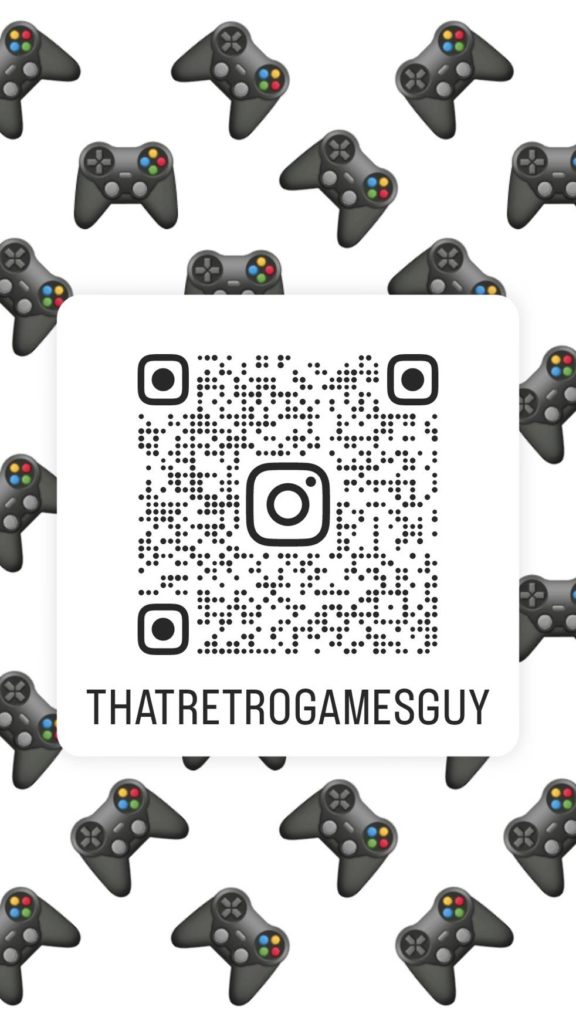- Avoid bad publicity at all costs. Only in show business it’s true that bad publicity does not exist. We can’t afford it no more than we could last year. The recent announcement has completed shattered Nokia’s future. I cannot believe that no-one from your team though of that. Don’t take my word for it, Nokia’s share has fallen to 1996 levels today because of Microsoft. Nokia has invested the whole company’s existence to Windows Phone and at the moment, it is not working for them. And you aren’t helping. Unfortunately, Nokia’s “beta test” campaign seems like an ironic joke at this moment.
- Make announcements complete. This goes to both your team and the Surface team. A complete announcement is a much hyped day, where anticipation is really high for something amazingly cool, with you on the stage showing the full set of characteristics (or the coolest ones), including user features since Windows Phone is a customer first product, pricing and availability. People want to be able to get sucked into the hype and preorder on the spot. They want to hear the words “…and it will be available TODAY”, they almost expect to! If this information is not available, don’t do the announcement, but use the extra time to build up more hype (by leaking a few stuff). The same goes for the surface team, announcing a product with a potentially huge coolness factor, doing an awesome job keeping the whole project a tighly kept secret, but blowing it in the end. No firm availability dates, no pricing, no specific requirements, and worse of all not allowing the press to even use the Surface hardware at the end of the event (http://marketingland.com/hands-off-microsoft-surface-tablet-review-15146). I understand it is a beta OS on unreleased hardware. In this case, do not invite the press to have a fake “hands on” session, it is bad publicity (see number 1).
- Listen to your users. The (sadly) few people that are enthusiastic about the platform do everything we can to promote the things Windows Phone has to offer and you know what kind of an uphill battle this is. By killing support on current devices, you lose twofold: you lose a lot of your current customers (since you lose their trust) and you lose their promoting work (since you cannot expect them to suggest Windows Phone to anyone after that, do you?) I’m sure you have seen the poll about this already at uservoice (http://windowsphone.uservoice.com/forums/101801-feature-suggestions/suggestions/2945071-bring-new-features-of-wp8-that-can-be-supported-by) and the hundreds of angry customers’ comments below. The interesting thing is that the poll itself is a mature suggestion, and not some ranting , suggesting that you just port the most important user features to the existing user base. If I had written the suggestion, I would have demanded that you do a full transition, with the kernel and native code support, since this would avoid fragmentation on the Marketplace and give the Windows Phone team a big “wow” from everybody. Apple did a full transition from PowerPC architecture to x86, including development tools and OS, and they had much less resources that Microsoft has at their disposal. It is obvious to many people that these are just wrong strategic decisions and not technical barriers. If WP8 runs a bit slower on older hardware, so be it, people will be pleased with the effort and upgrade their harware as soon as possible. If someone puts iOS 6 on their iPhone 3GS, do they expect snappy performance? No, they don’t. They get a trial version of the OS version, and upgrade happily to iPhone 5 in a few months.
Marios Karagiannis




